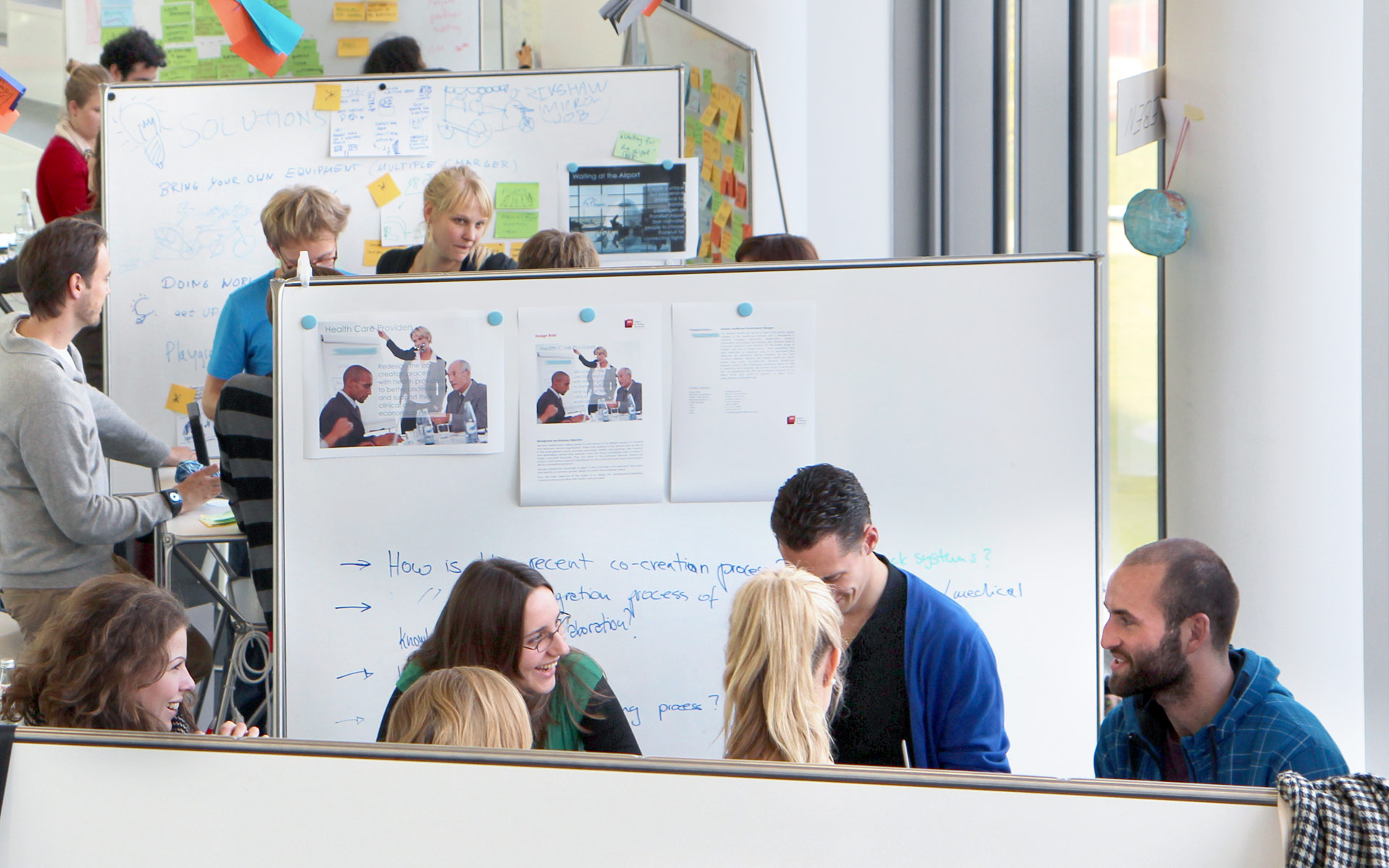PI: Allan L. Reiss
Abstract
Team collaboration is an essential component of the design thinking methodology for innovation. Although previous research has investigated problem solving in teams, no studies have examined team collaboration from a neuroscientific perspective with a focus on design thinking. We would like to build a brain-based model that informs how team interactivity contributes and impacts the outcome of an innovation event and study brain-to-brain synchrony that occurs during team collaboration. By creating an inter-brain synchrony model of team collaboration, we will provide critical, scientific evidence that supports best practices for radical collaboration, impact of teams during an innovation event and the effect of creativity/design thinking training on team development and interactivity. We will use fNIRS, an ultra-portable neuroimaging modality, to measure brain activity during a collaborative problem solving event to ascertain the impact and value creation of team collaboration. Key questions include: [1] How does team collaboration during an innovation event map with brain to brain synchrony between team members? [2] Are the neural correlates of three-person team collaboration different from those observed in two-person teams, and do these differences affect design-thinking collaborative outcomes and productivity. [3] Is there a difference in inter-brain synchrony between design thinking trained teams and non-design thinking trained teams?

